Choosing the right exterior finish for your home can feel like a daunting task. With so many options available, you might be wondering if stucco plaster is the ideal choice for your abode’s facade.
Whether you’re building a new house or considering renovating an existing one, it’s essential to weigh all aspects of this popular material before making a decision.
Stucco has been used in architecture for centuries and is valued for its classic look and durability. This versatile finish not only provides aesthetic appeal but also offers several practical advantages that could benefit your home in the long run.
In this blog post, we’ll dive into both sides of the coin—highlighting the pros and cons of stucco plaster—to help you make an informed decision tailored to your needs. Ready to find out if stucco makes sense for your sanctuary? Let’s get started!
Understanding Stucco Plaster
Stucco plaster, a durable and versatile building material, has been used for centuries to protect and decorate exteriors. It’s made from cement, sand, water, and lime, giving it its distinctive texture that can be finished in various ways to achieve different looks.
Professional stucco plastering contractors often apply it in multiple layers over a wire framework or another type of solid backing, which creates a strong surface that withstands the elements.
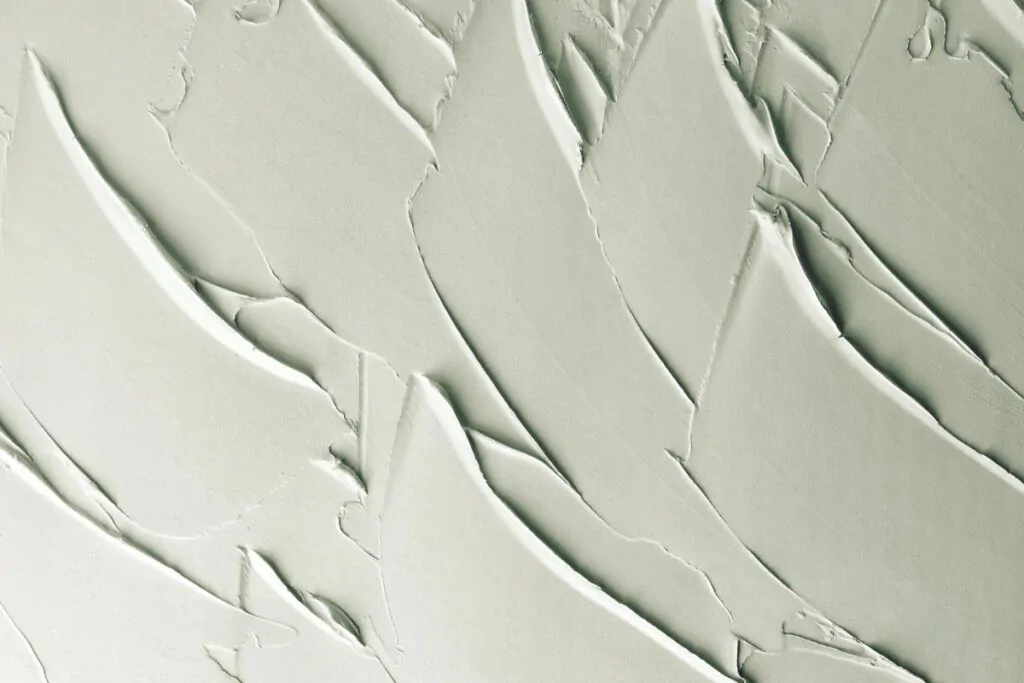
Opting for a stucco plaster finish means embracing an exterior that requires minimal upkeep while offering excellent resilience against heat and weather variations. With proper stucco plaster repair strategies in place should any damage occur down the line, you ensure your home’s exterior remains intact for years to come.
Stucco plaster exteriors are not only aesthetically pleasing but also add value through their functional benefits.
Pros of Stucco Plaster
Stucco plaster is highly durable and can withstand harsh weather conditions, making it an excellent choice for exterior surfaces. It’s resistant to cracking, fading, and fire, providing long-lasting protection for your home. Here are some of the advantages you might want to know about stucco plasters:
Durability and Longevity
Stucco plaster stands the test of time, offering years of reliable performance with its robust and long-lasting finish. This exterior coating is known for resisting wear and tear, meaning it can endure harsh weather conditions without showing significant damage.
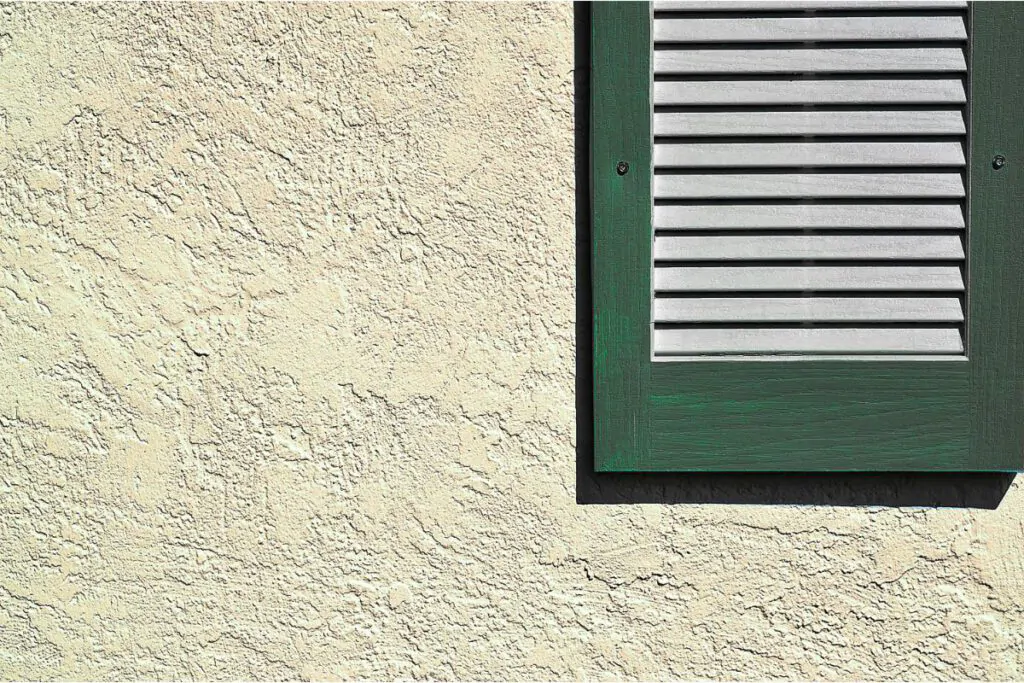
It’s a strong contender if you’re looking for a material that will maintain its integrity over many seasons.
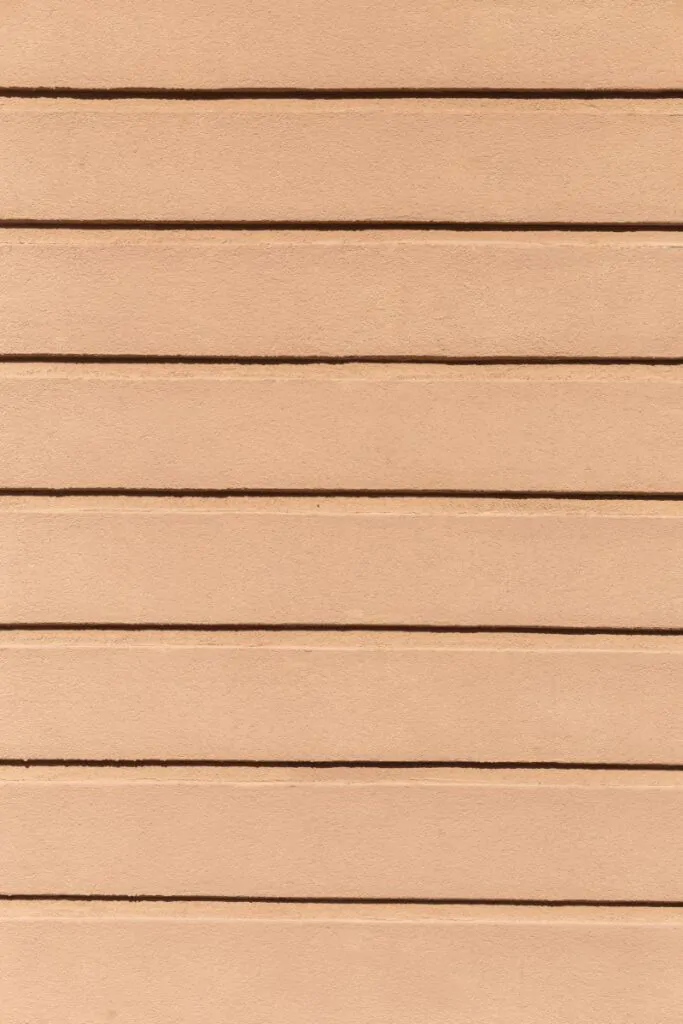
Versatility in Design
With stucco plaster, your design possibilities soar. This adaptable material molds to any architectural style, from smooth finishes that complement modern aesthetics to textured patterns that enhance a rustic look.
Use it to express yourself by crafting an exterior façade that stands out in the neighborhood — all while enjoying the practical benefits of this versatile cladding choice.
You can play with colors and shapes, giving you the freedom to personalize your home’s exterior. It’s not just about choosing a single look; you have the option to incorporate decorative elements like cornices or moldings that truly make your space unique.
Energy Efficiency
Considering the sustainability and cost-saving benefits of stucco plaster, its impressive energy efficiency is a significant advantage. The material’s thermal mass properties help regulate indoor temperatures, reducing the reliance on heating and cooling systems.
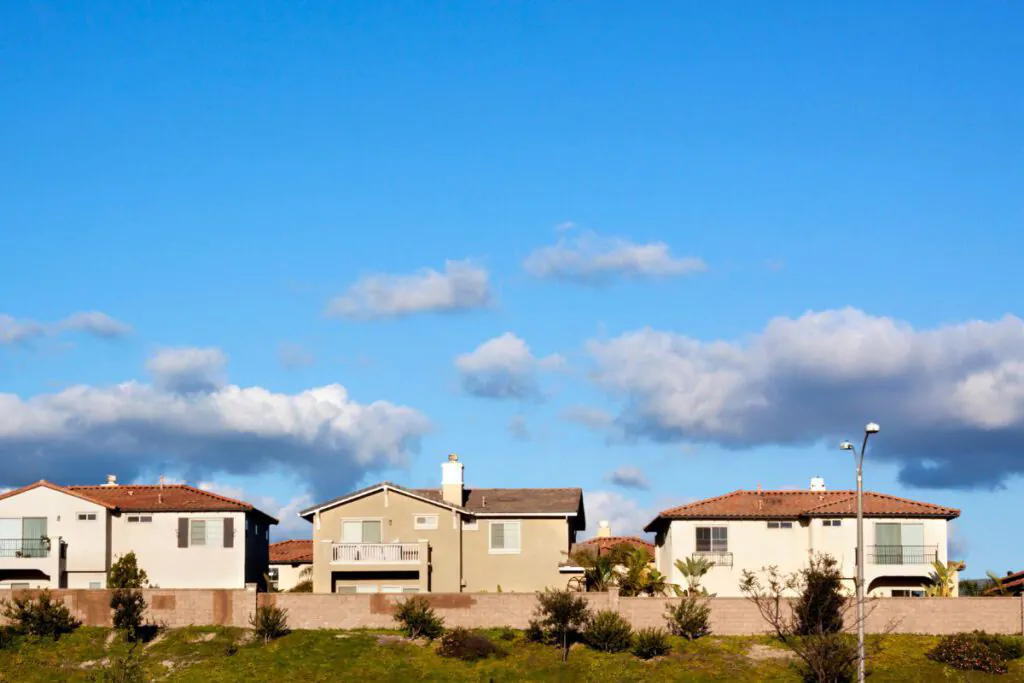
This results in lower energy consumption and decreased utility costs for homeowners. Stucco’s ability to insulate effectively against external temperature changes makes it an environmentally friendly option that can contribute to sustainable living and reduced carbon footprint.
In addition to environmental benefits, stucco’s energy efficiency aligns with current trends toward eco-friendly home design solutions while simultaneously offering economic advantages by minimizing long-term energy expenses.
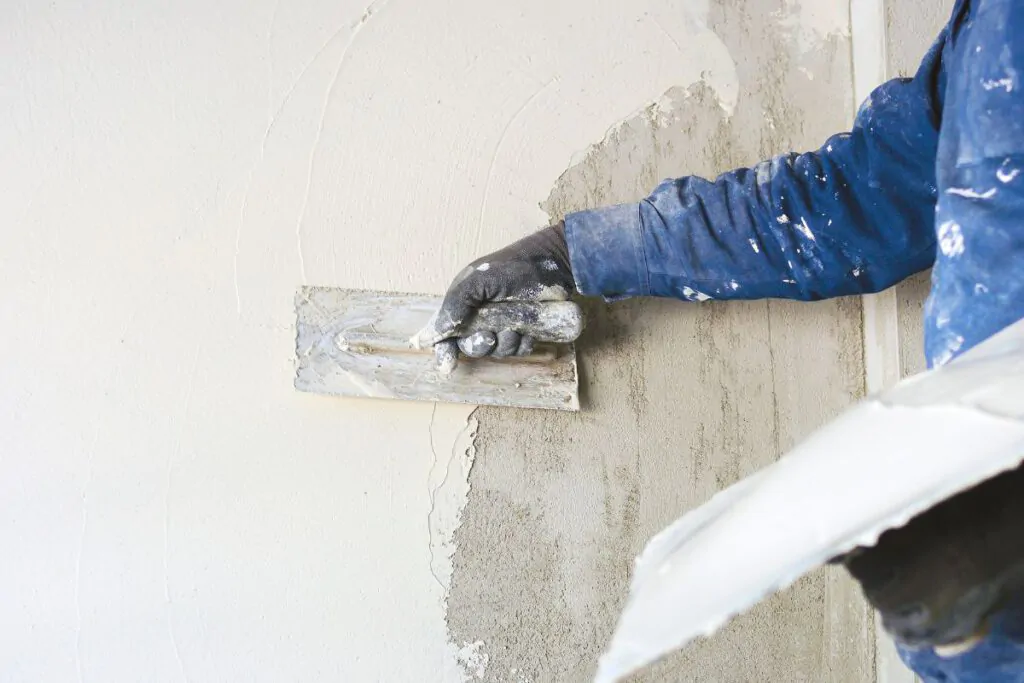
Low Maintenance
Stucco plaster requires low maintenance, making it an attractive choice for homeowners looking for a hassle-free exterior. With regular cleaning and occasional touch-ups, stucco can maintain its appearance and structural integrity over the years.
This means less time and effort spent on upkeep, allowing you to enjoy your home without the stress of constant maintenance.
Furthermore, stucco’s resistance to mold and mildew reduces the need for extensive cleaning or treatments, providing a low-maintenance solution that keeps your home looking great with minimal effort.
You might like: The Cost Of Stucco Repair: What You Need To Know
Cons of Stucco Plaster
Now that we know the advantages, it’s only fair to look at the possible risks and downsides of stucco plaster. Here are some disadvantages you might want to consider:
Installation Challenges
Installing stucco plaster can present various challenges. Ensuring the right mix of materials and proper application is crucial to avoid issues such as cracking, which can occur if the mix isn’t correct or if it’s applied in extreme temperatures.
Proper installation also requires skill and experience to achieve a smooth, even finish without visible seams or blemishes. Additionally, preparation of the substrate before applying the stucco is essential to prevent moisture-related problems in the future.
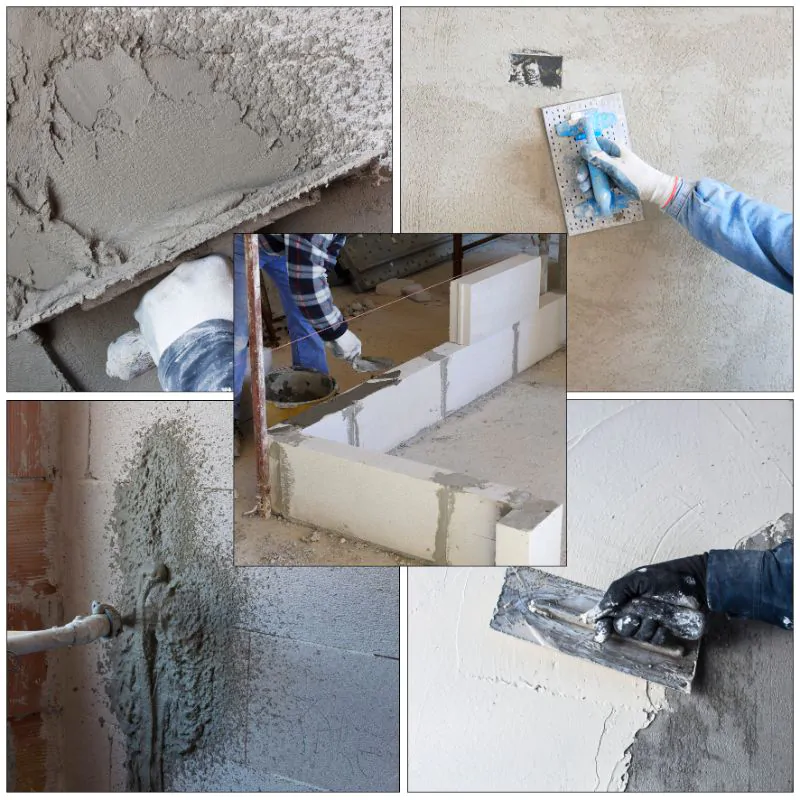
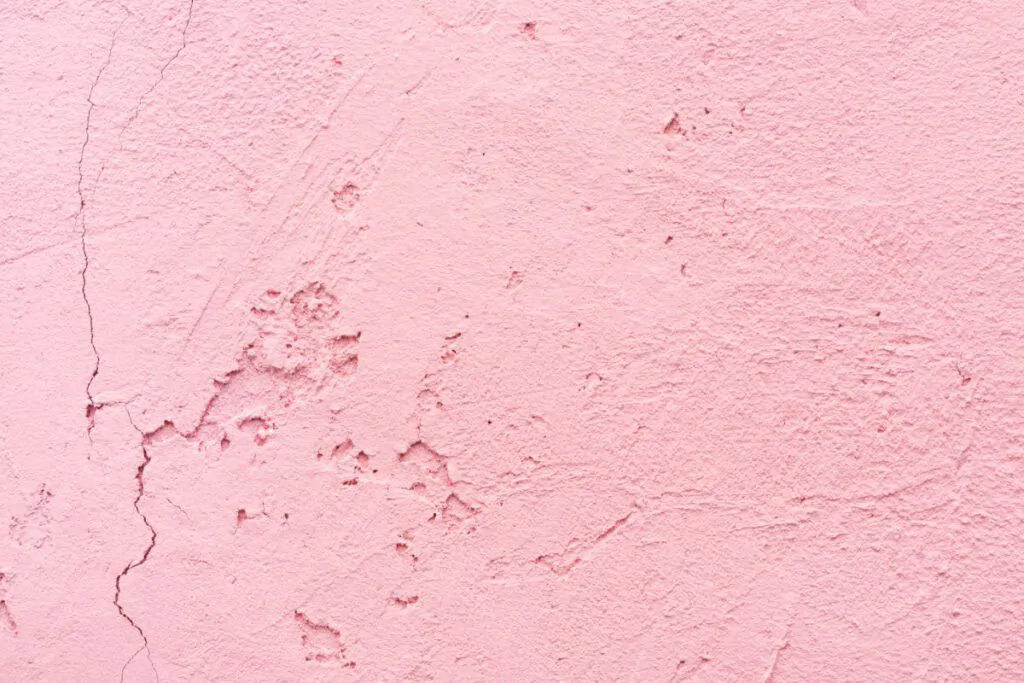
Prone to Cracking
Stucco plaster can be prone to cracking due to its rigid composition and vulnerability to shifting foundations or structural movements. Temperature fluctuations, especially in freezing climates, can cause stucco to expand and contract, leading it to develop hairline cracks over time.
It’s important to address any cracks promptly as they can allow moisture infiltration, which may lead to more serious issues such as mold growth or structural damage. Regular inspection and maintenance are essential in preventing small cracks from becoming larger problems.
Understanding the potential for cracking is crucial when considering stucco plaster for your home. However, with proper installation and ongoing care, you can mitigate these risks and ensure the longevity of your stucco exterior.
Moisture Sensitivity
Stucco plaster is sensitive to moisture, making it prone to damage from water infiltration. Excessive moisture can lead to issues such as efflorescence, where white mineral deposits form on the surface due to water vapor escaping through the stucco.
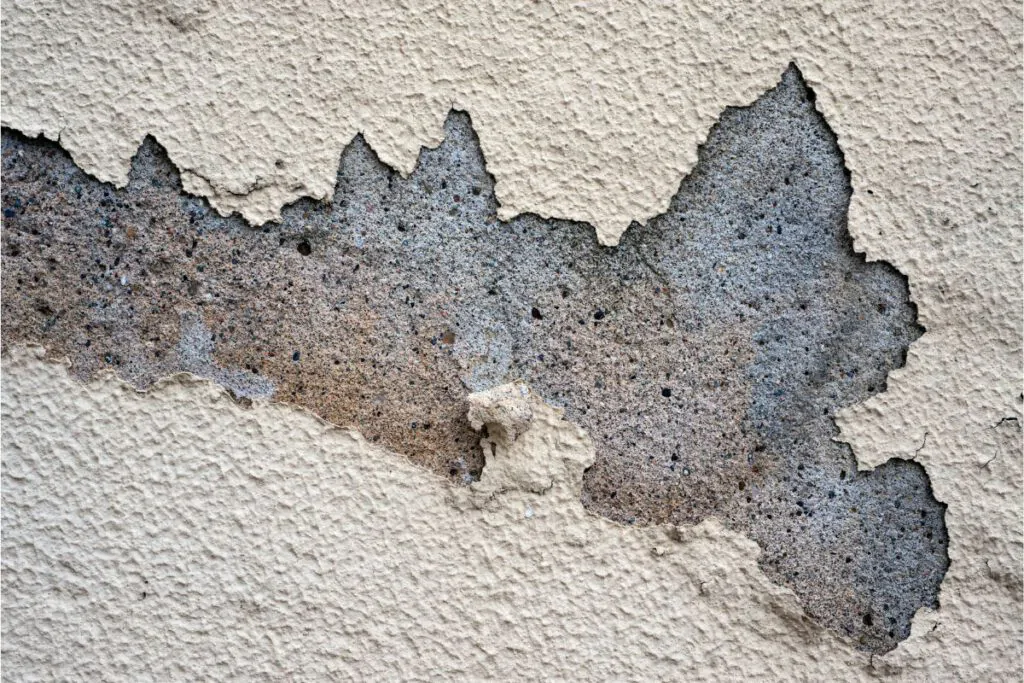
Additionally, prolonged exposure to moisture can cause cracking and delamination of the stucco, compromising its structural integrity. Regular inspection and maintenance done by a stucco company are crucial for addressing any moisture-related issues promptly.
To prevent water damage, applying stucco properly and waterproofing barriers must be implemented during the construction process. Adequate sealing of joints and cracks, along with regular application of sealants or coatings, can help mitigate moisture sensitivity in stucco plaster applications.
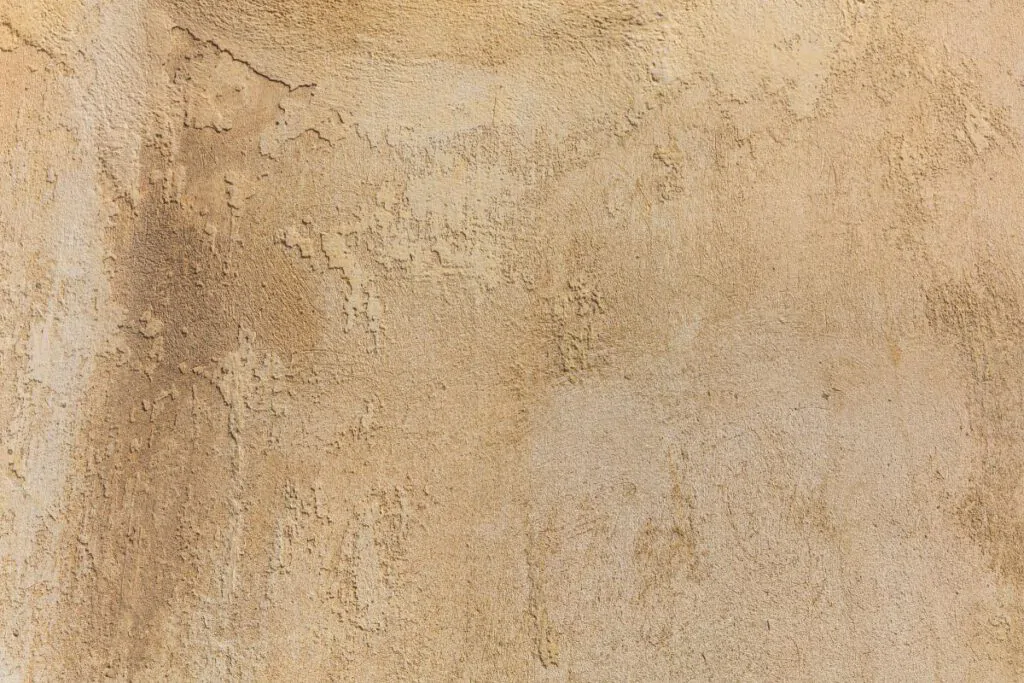
Color Fading
Stucco can lose its color over time due to exposure to sunlight and other environmental factors. To prevent this, it’s essential to select high-quality pigments for the stucco mix that are resistant to fading.
Applying a UV-resistant coating after the initial application of stucco can provide an extra layer of protection against color fading. This additional step helps maintain the vibrancy of the stucco and ensures that your home exterior continues to look fresh and appealing over time.
Related Post: Understanding How Long Stucco Lasts In New Mexico
Is Stucco Plaster the Right Choice for Your Home?
Stucco plaster is a durable and versatile material commonly used for exterior and interior wall finishes. It’s composed of cement, sand, lime, and water, creating a textured surface that can be applied in various thicknesses and finishes.
Here are some reasons why stucco plaster can be your best choice:
Assessing Your Climate and Location
Consider your climate and location when contemplating stucco plaster for your home. Different weather conditions can affect the performance of stucco, so it’s essential to understand how it will fare in your specific area. Assess the level of upkeep required and compare maintenance efforts to other exterior options before making a decision.
Understanding how stucco responds to different climates will help you determine if it is suitable for your home. The impact of climate on stucco performance varies, so be sure to factor this into your decision-making process.
Suitability for different weather conditions
Assessing your climate and location is crucial, but what about stucco’s suitability for different weather conditions? Stucco performs well in various climates, offering excellent insulation in hot regions and providing durability against harsh cold weather. It adapts to diverse environments, making it an ideal choice for homes across a wide range of weather conditions.
Impact of climate on stucco performance
Understanding the impact of climate on stucco performance is crucial. Extremes in temperature, high humidity, and excessive moisture can affect the durability of the stucco. In colder climates, freezing and thawing cycles can lead to cracks, while in hot and dry regions, prolonged exposure to intense sunlight may cause color fading and contribute to premature aging of the stucco surface.
It’s important to consider your local climate when assessing whether stucco plaster is suitable for your home. Climate-appropriate building techniques and materials are essential for ensuring the long-term performance of stucco exteriors.
Maintenance Commitment
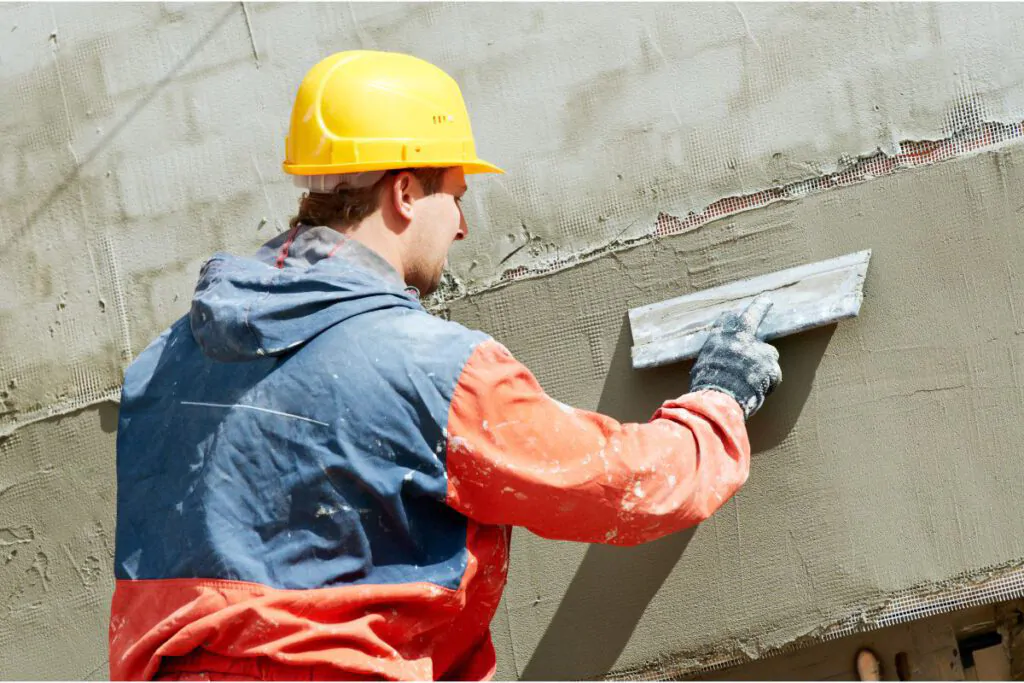
Maintaining stucco plaster requires regular inspection for cracks and chips. Over time, these imperfections can develop due to weather exposure, impacting the overall appearance and integrity of the stucco.
Monitoring and addressing these issues promptly is crucial to preventing extensive damage and costly repairs. Additionally, routine cleaning with a gentle detergent and water helps preserve its pristine look, keeping your home’s exterior fresh and appealing.
Understanding the level of upkeep required for stucco ensures you make an informed decision about its suitability for your home. Compared to other exterior options, such as vinyl siding or brick, evaluating maintenance efforts empowers you to choose the best material that aligns with your lifestyle and preferences.
Understanding the level of upkeep required
When it comes to understanding the level of upkeep required for stucco plaster, it is important to be aware of its maintenance demands. Regular inspection and cleaning are necessary maintenance commitments to ensure the longevity of stucco on your home.
In addition, addressing any cracks or fissures promptly can prevent more extensive repair work in the future. Staying proactive with routine care and repairs will help uphold the aesthetic appeal and structural integrity of your stucco exterior over time.
Comparing maintenance efforts to other exterior options
When comparing maintenance efforts, stucco plaster stands out for its low upkeep requirement. In contrast to other exterior options such as wood or vinyl siding, stucco only needs occasional cleaning and minor repairs, reducing the time and resources spent on maintenance.
Additionally, unlike materials that may require repainting or refinishing every few years, stucco’s durable nature means you won’t need to invest in frequent touch-ups or coatings to maintain its appearance.
Conclusion
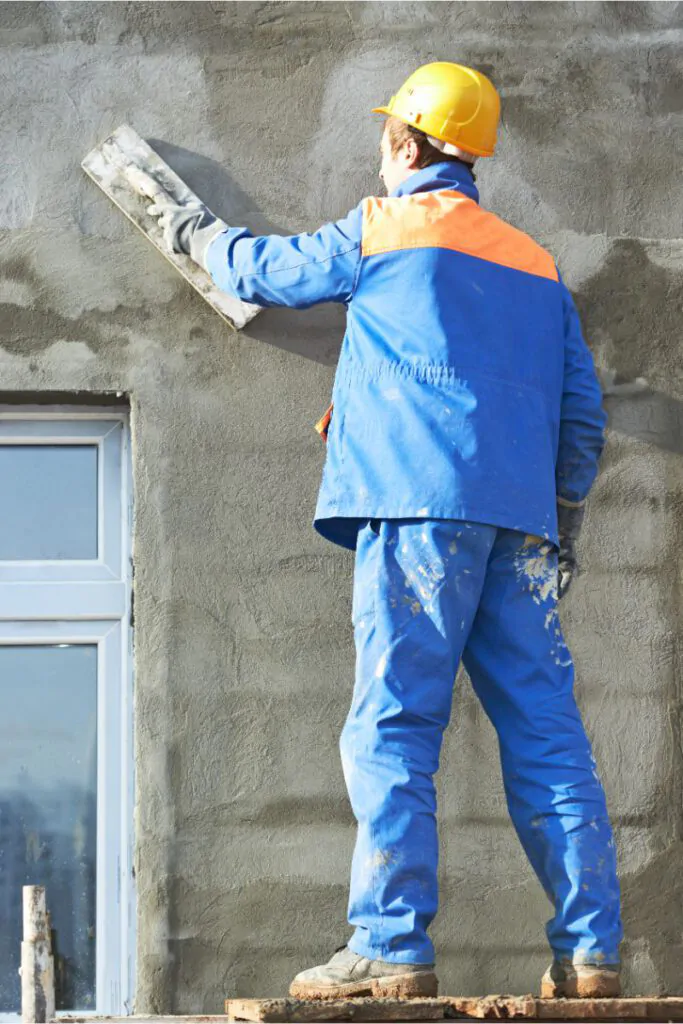
In conclusion, stucco plaster offers durability and versatility in design. Its energy efficiency and low maintenance make it a practical choice for many homeowners. However, the challenges in applying stucco and its tendency to crack may be drawbacks to consider.
Assessing your climate and understanding the required upkeep are crucial factors to determine if stucco is right for your home. Remember, thorough research and consultation with a licensed stucco contractor like Elevare Builders are vital steps before making this significant decision about your home’s exterior.




